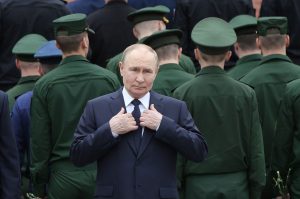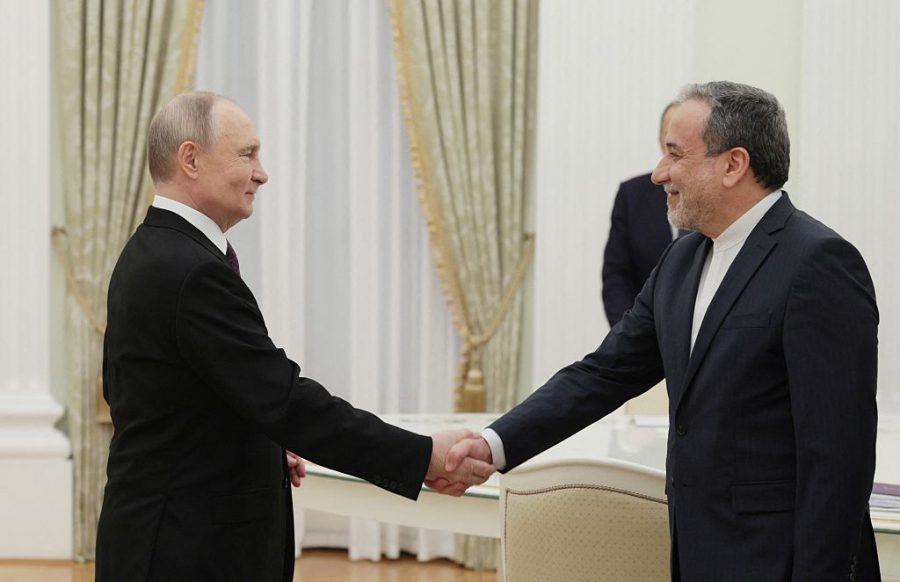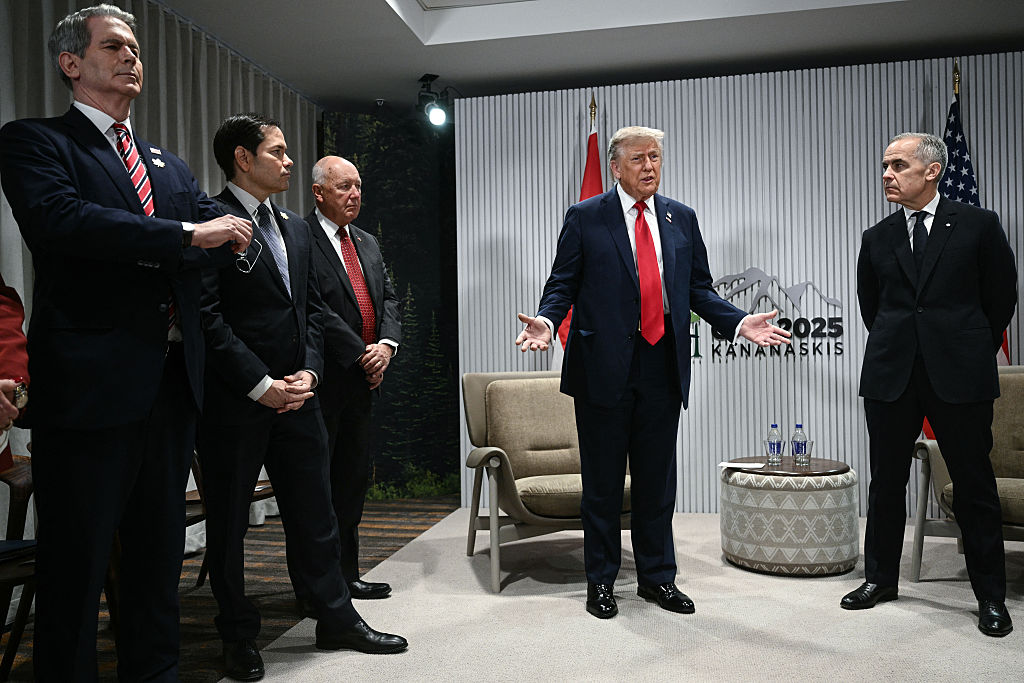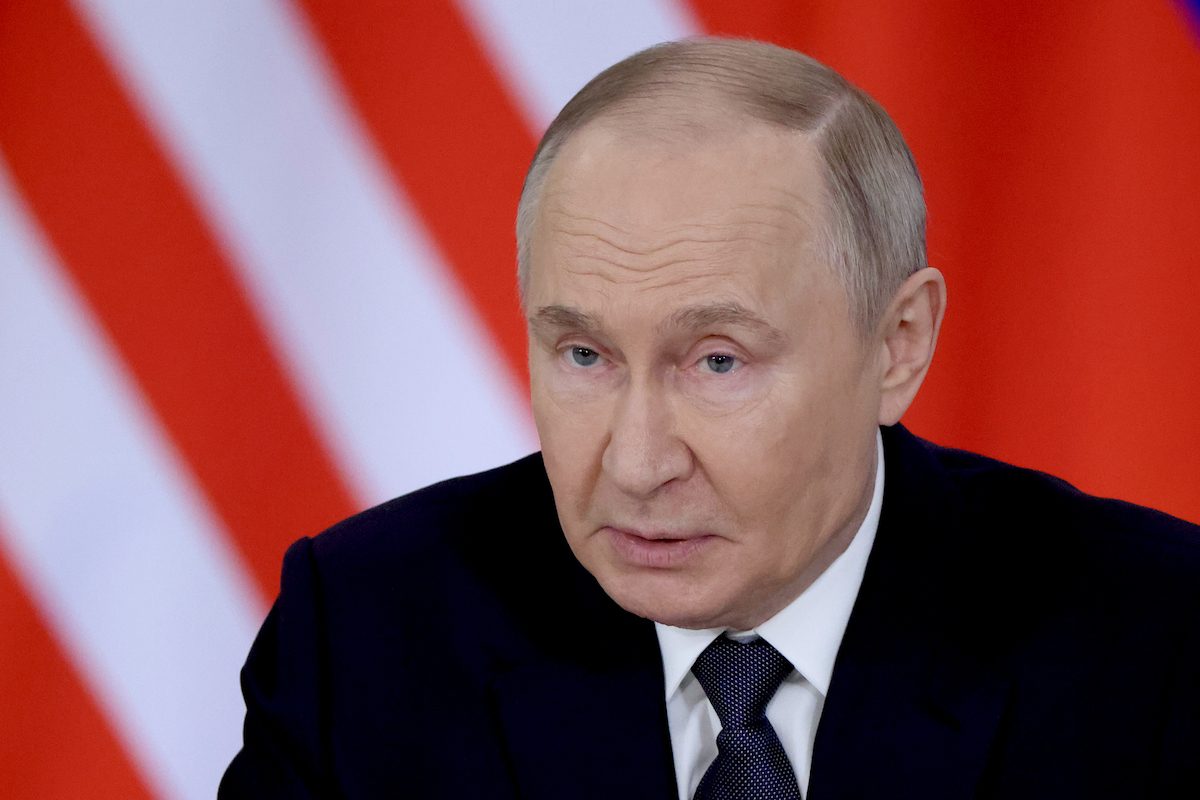The Kyiv government will need to rush to make use of the new batch of American weapons coming to Ukraine. With the much-delayed aid available at last, Ukraine will have to build up its defenses to withstand a Russian offensive in the summer, and make enough headway to prove to the US — and in particular a skeptical Donald Trump — that all this taxpayers’ money is being well spent.
US officials say the objectives have not changed. But there is less talk of victory for Kyiv
But whether the money and weapons will buy victory for Kyiv remains doubtful. Russia’s invading force has been making limited but steady territorial gains. More crucially, though, while Congress wavered for months over approving the multi-billion-dollar aid package for Kyiv, Moscow has been hammering the country’s power infrastructure, turning the lights off for millions of Ukrainians. More than anything else, Ukraine needs air defense systems to counter the barrage of ballistic missiles, cruise missiles and armed drones that have succeeded in recent months in getting past existing defenses and causing massive destruction.
Additional batteries of Patriot missile launchers should be at the top of the Pentagon’s procurement list. These anti-air missiles have the capability to protect Ukraine’s cities and towns from Russian strikes. But there is no sign of extra Patriot systems being included in the first $1 billion delivery order. The reason for this is simple: there just aren’t enough available to hand over to Kyiv. Ukraine will have to make do, at least for the moment, with the single Patriot battery it currently has deployed. This could be a serious weakness at a time when Russian forces are expected to ramp up their air and missile strikes.
Still, the list of weapons en route to Ukraine will include hundreds of thousands of rounds of 155mm and 105mm artillery shells — the bedrock of battlefield systems in a war where relentless firepower keeps the enemy at bay. At present, the Russians have a 10-1 advantage in stocks of artillery rounds. Ukraine lost territory and surrendered strategic towns and villages because of dwindling munition supplies. The first delivery tranche also includes more than 2,000 Stinger anti-aircraft missiles, additional munitions for the super-effective High Mobility Rocket Systems (HIMARS), and 200 Bradley infantry fighting vehicles.
Even if as promised by President Biden, the first batch of new weapons and munitions arrive without any more delay, will they be in time to make a significant difference on the battlefield, or has the recent Russian momentum gone too far to be reversed?
There is no question that the approval of the $61 billion in aid for Kyiv will lift spirits among the Ukrainian soldiers, giving them a better chance (at last) to fight back against advancing Russian troops. Perhaps they will recapture small areas of eastern Ukraine from which they had been forced to retreat. A sizable proportion of this huge investment in Ukraine’s survival, however, will be spent on replenishing US stocks of munitions and weapons which were given to Ukraine. The first US F-16 fighter jets being supplied from Europe are also not expected to be operational until July.
Some are optimistic that the new deliveries of weapons will improve Ukraine’s fortunes.
“The US aid and the new UK military package (worth $630 million and including air-launched precision-guided Paveway IV bombs) will definitely make a difference on the battlefield by enabling the Ukrainians to protect their critical infrastructure, equalling up the artillery battle of attrition and enabling Ukrainian deep strikes to target Russian logistics in Crimea and elsewhere behind the lines,” said Eric Edelman, a former top defense policy official at the Pentagon.
“That being said, it will help the Ukrainians stabilize the front lines and can perhaps prevent the Russians from making large mechanized breakthroughs. But Ukraine is likely to be on the strategic defensive for most of 2024,” he said. “In an ideal world they would use that time to get after their military manpower shortfalls and develop their indigenous defense production so that they might go on the offensive in 2025.”
Edelman added a warning: “If Trump is elected, all bets are off. He would be likely to try and pressure the Ukrainians to negotiate, although the only thing Putin seems willing to negotiate is a Ukrainian capitulation,” he said.
After all the sighs of relief in Washington over the successful passing of the Ukraine aid bill, US officials say the objectives have not changed. But there is less talk of victory for Kyiv. The main focus is to help the Ukrainian military make sufficient gains, so the government is in a strong position to achieve a good outcome in a negotiated settlement with Moscow. Russia will always have the advantage in terms of manpower, munitions and weapons production. The one thing which might make a substantial difference in Putin’s mind is if Ukraine multiplies — by a huge amount — its attacks on Russian land and on Russian-annexed Crimea.
The revelation that the Pentagon last month secretly sent the longer-range version of the Army Tactical Missile System (ATACMS) to Ukraine appears to demonstrate that Biden has been persuaded to drop his reluctance about sending weapons that could escalate the war. The 190-mile-range ATACMS has already been launched twice to strike deep behind Russian lines. The previously deployed ATACMS had a range of only about 100 miles and fired cluster munitions, not precision-guided missiles. This weapon, more than anything else in the pipeline, might spoil Putin’s day.
This article was originally published on The Spectator’s UK website.


























Leave a Reply